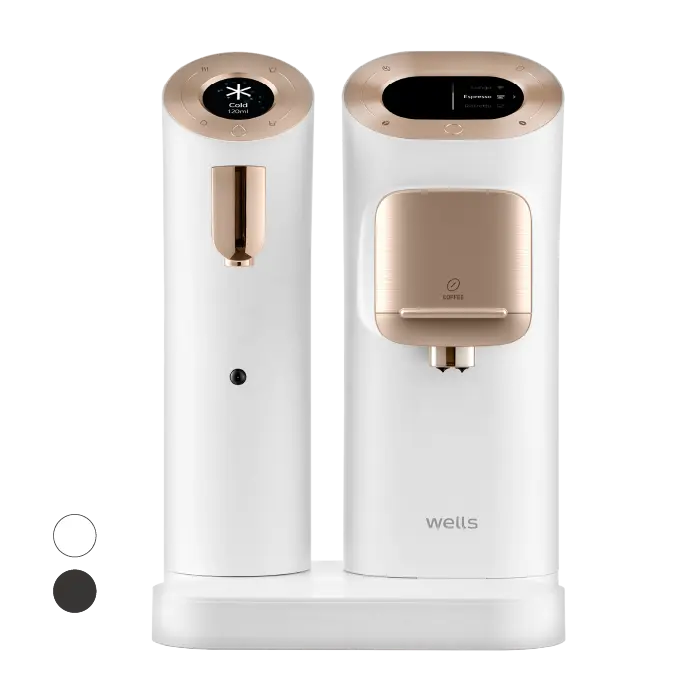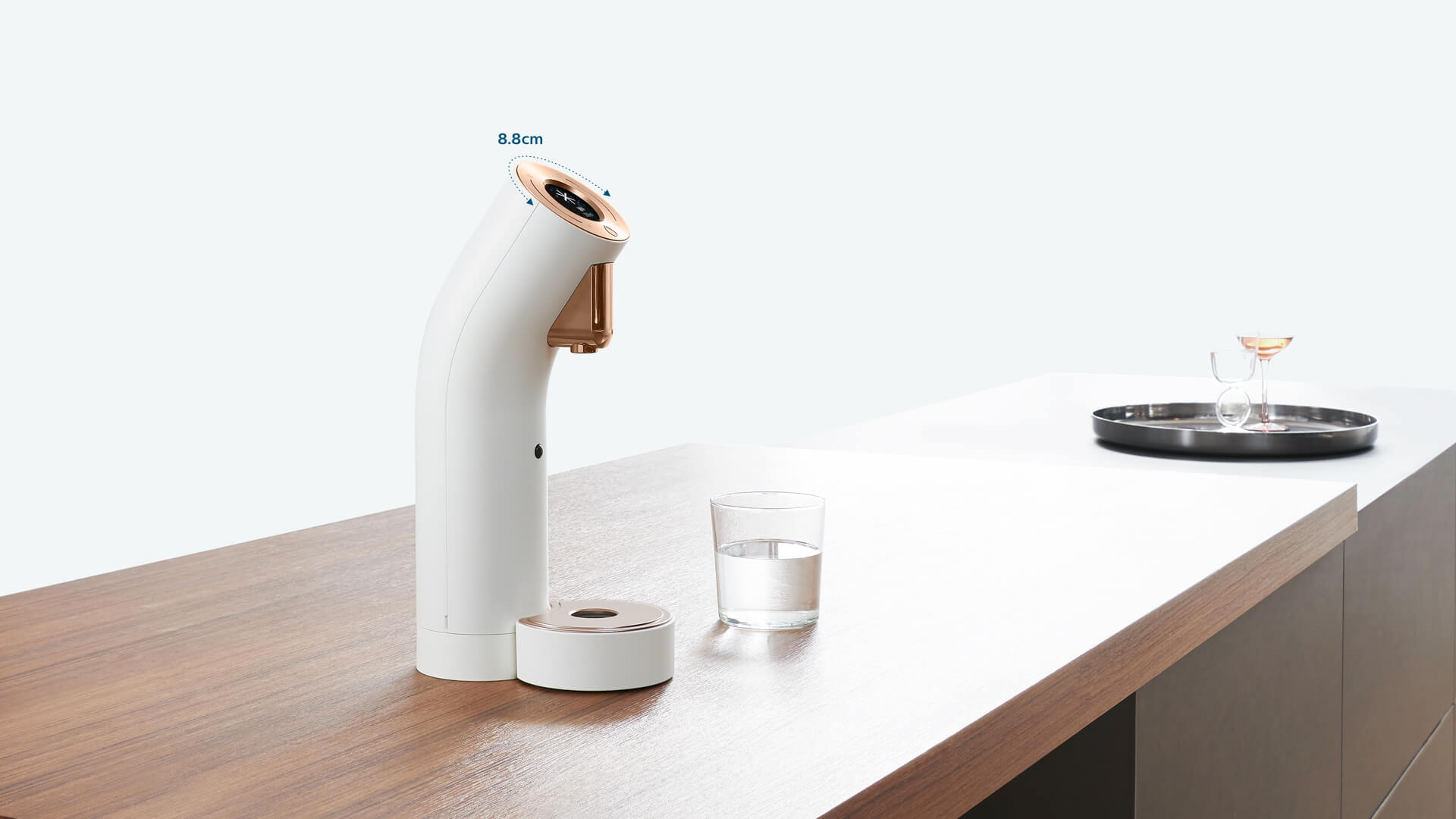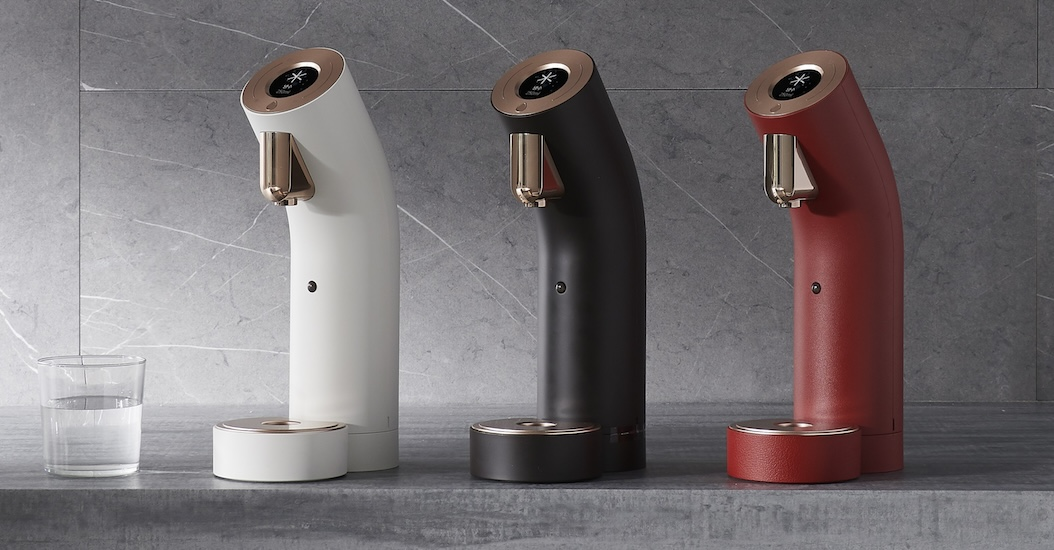Access to clean drinking water remains a challenge in many parts of the world. According to World Health Organization (WHO) and UNICEF data, two billion people cannot access safely managed drinking water services. This circumstance is one of the main factors damaging people’s health in the country and undermining socio-economic progress.

A conventional water dispenser, usually a water cooler or fountain, is spotted in offices, schools, and public spaces. These machines are highly efficient and user-friendly, but they also present their weaknesses. Maintenance can be costly, and it requires making sure that they are correctly disinfected to avoid contamination. Also, remote locations can frequently cause electricity supply problems for traditional dispensers.
Given the predominant challenges, there is a commitment to finding new ways to provide clean drinking water. Efficient and cheap community solutions should be developed, become sustainable, and be available worldwide. This article will examine modern water dispensers, such as different filtering systems, and involve decentralized water purification systems.
3 Alternatives to Water Dispensers
1. Bottled water

Most consumers opt for bottled water, one of the most convenient services, instead of the dispensers. The main reason for its popularity is its accessibility everywhere, be it in stores or machines that serve this purpose – the immediate availability of such a solution may tempt passers-by to choose it over other alternatives. You can hardly see a person, wherever he is – in the office, at school, or on the run, drinking water from a glass bottle. It always has a quick and straightforward solution.
Nevertheless, though the portability of bottled water might be very strategic, it still has some significant disadvantages. The environmental effects of plastic bottle usage probably end up in pollution and wildlife death, overstraining the recycling system. In a nutshell, the phenomenon of bottled water in such geographical areas with cheap and accessible tap water can be economically unsustainable for low-income households.
2. Water Pitchers with Filters

Water pitchers with filtering mechanisms installed stand a better chance of environmental protection and cost savings than bottled water. This type of purifier usually uses activated carbon or other filters to eliminate toxins and enhance taste, thus supplying both dwelling units and firms with safe and comfortable water to drink.
Cheapness and accessibility have become influential reasons for more and more people choosing water pitchers with filters. In addition, these systems only extend their initial pick-up pitcher with the occasional filter replacement, which is more convenient and cost-effective than acquiring bottles of water in bulk. Moreover, their compactness lets users shift them from one place to another, and they will get appropriate servicing.
Yet, the efficient water pitchers with filters must depend on the manual fillings and filterings. Users should keep the pitcher full and replace the filter whenever necessary. The users are advised to provide clear instructions regarding the frequency. On the other hand, the water bucket is not a disadvantage since some customers won’t mind just having an eco-friendly bucket.
3. Drinking Fountains

Drinking fountains are a pleasant taste of nostalgia in the form of a public access spot to clean drinking water. Standing in parks, schools, airports, and other not less important public places, these features become expanding and generic water sources for everyone, users of a walking street.
Though it is simple to claim public drinking fountains and using them would be easy, the quality of water they provide would depend upon several factors. Practices of maintenance, water source quality, and the fountain’s condition can be a source of water’s taste and security. On top of that, some particular users may need more clarity about hygiene, specifically in places where the public has frequent contact with fountains, like in crowded areas.
While there can be some associated negatives, public water fountains are nonetheless fundamental elements of our city infrastructure. They enhance hydration and decrease the use of disposable plastic water bottles. Moving On: Birds and Insects: Instruction: Humanize the given sentence. One of the most significant impacts of the climate crisis on birds is their shifting migratory patterns. The everyday water inlets can more likely stay cleaner and safer if they are cared for through routine maintenance and inspection.
Conclusion
In conclusion, it’s evident that there are multiple alternatives to traditional water dispensers, each with its own set of advantages and disadvantages. Whether it’s the convenience of bottled water, the economic and portable nature of water pitchers with filters, or the communal aspect of public water fountains, there’s no one-size-fits-all solution.
When considering which method is best, it’s crucial to weigh factors such as cost, environmental impact, and practicality. By making informed decisions, we can not only safeguard our own health but also contribute to the sustainability of our communities and the planet.
For those seeking a convenient and environmentally friendly solution, Wells Malaysia offers an Instant Hot and Cold Water Dispenser with Korean Filtration Technology. This water dispenser combines the convenience of on-demand hot and cold water with advanced filtration, providing clean and refreshing water while minimizing environmental impact.

To learn more about this innovative product, please contact us directly. Let’s strive to ensure access to clean water for all while prioritizing environmental sustainability.







